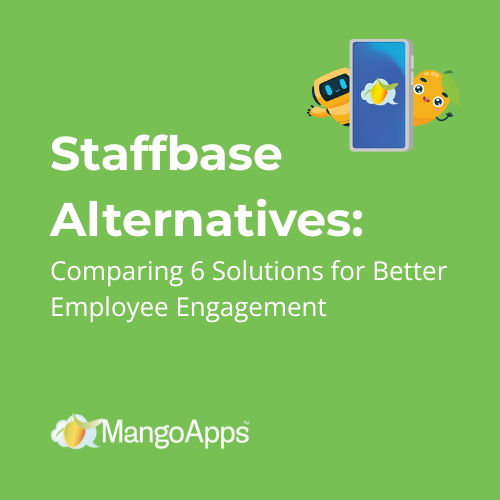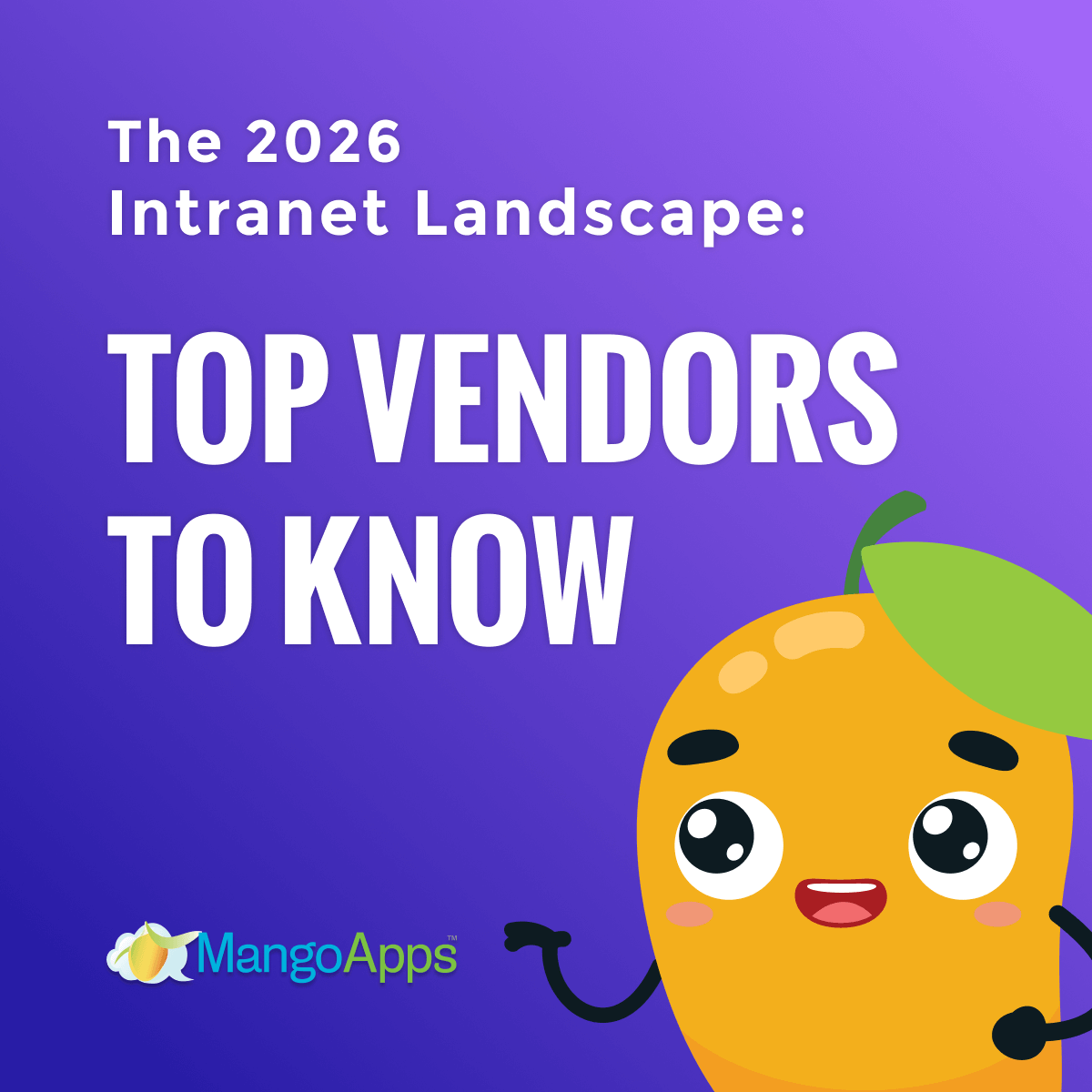
Right now, most organizations are scrambling to figure out what to do about the sudden appearance of generative AI tools. While many organizations are eagerly diving in and implementing the technology, others are struggling to conceptualize exactly how they should be thinking about it. There are security concerns, most of the currently available tools haven’t been packaged for enterprise implementation yet, and there is a lot of uncertainty around what the tools will ultimately be capable of.
While a measure of caution is appropriate at this stage, there are also many dangers inherent to holding back from adopting these technologies; much like many of the innovations of the past, if you don’t create a system for your employees to start utilizing these technologies in a way that suits your organization, they are likely to start going rogue. With no clear path to a company initiative, many people will simply sign up for ChatGPT or one of the other services on the market, and start using it. They may not even tell you they are doing so.
In this article, we will dive into the dangers surrounding this possibility—security concerns, lack of control and standardization, and the lack of understanding of the technology’s impact on productivity.
DIY AI Adoption: A Double-Edged Sword
Employees, in their quest for efficiency and effectiveness, are increasingly turning to generative AI technologies independently. This grassroots adoption speaks volumes about the technology's potential to improve daily tasks. However, it simultaneously introduces a myriad of challenges that businesses cannot afford to overlook.
Security and Privacy Concerns
In the era of digital transformation, the proliferation of generative AI tools among employees without corporate governance introduces significant risks. A vivid example of this is when employees turn to popular, freely available AI-powered document generators for drafting contracts or reports. While these tools offer convenience, they also require data input, often including sensitive information related to business operations, client details, or proprietary data. In the absence of corporate oversight, this information can inadvertently be exposed to platforms with uncertain data privacy practices, raising concerns about data leaks and violations of privacy laws.
Moreover, employees using generative AI chatbots for customer service or internal queries might unknowingly share confidential information. This risk is compounded when these interactions are stored or processed on servers outside the company’s control, potentially leading to breaches of customer trust and legal repercussions under regulations like GDPR or HIPAA.
Lack of Control and Standardization
The spontaneous adoption of various generative AI tools by different departments can lead to a disjointed technology landscape within an organization. For instance, the marketing team might use one AI tool for content creation, while the HR department utilizes another for resume screening. This disarray not only complicates the integration of workflows across departments but also raises challenges in maintaining a consistent tone and quality in external communications. The absence of standardized AI tools can lead to discrepancies in customer engagement, misalignment in branding efforts, and inefficiencies in cross-departmental collaborations.
Additionally, the variation in AI models and algorithms used across these tools means that the output's accuracy and relevance can fluctuate significantly. Without a unified framework to benchmark these AI solutions, evaluating their effectiveness becomes a challenge, potentially leading to decisions made on flawed or inconsistent information.
Untracked Usage and Productivity Impact
In the decentralized scenario where employees independently adopt generative AI tools, one of the most significant missed opportunities is the lack of comprehensive analytics and understanding regarding the technology's utilization and impact on productivity. Without centralized tracking or analysis, organizations are left in the dark about how, where, and to what extent these AI tools are driving efficiencies or, conversely, creating bottlenecks.
Consider a scenario where various teams across an organization employ different AI tools for project management, customer relationship management (CRM), and content creation. Each tool might offer its analytics on usage and efficiency gains within its narrow application scope. However, without an overarching system to aggregate and analyze this data, the organization cannot ascertain the collective impact of these tools on overall productivity.
The absence of centralized analytics also means that businesses miss out on valuable insights that could drive strategic decisions. For instance, if an AI-powered analysis tool significantly reduces the time required for market trend analysis, this could potentially free up resources for more in-depth research projects or innovation initiatives. However, without data to highlight these efficiency gains, the strategic value of such AI implementations might go unrecognized.
Moreover, data on AI tool performance and user satisfaction can highlight areas for improvement, whether in tool functionality, integration, or user training. Without this feedback loop, organizations may continue investing in tools that do not meet their needs or fail to capitalize on technologies that could offer competitive advantages.
Operational Risks and Blind Spots
Operational inefficiencies are another critical concern. For example, if two departments use different AI tools for essentially the same function, such as data visualization, this could lead to inconsistencies in reporting standards and interpretations, affecting decision-making processes. Without analytics to compare and contrast the effectiveness and output quality of these tools, companies might inadvertently standardize on less efficient technologies.
Furthermore, the lack of oversight into how AI tools are being used can pose significant compliance and ethical risks. AI technologies, especially those handling sensitive data or making automated decisions, can have far-reaching implications for privacy, bias, and fairness. Without a centralized mechanism to monitor and analyze AI tool usage, companies may unknowingly breach regulatory requirements or ethical standards, exposing themselves to legal and reputational risks.
Bridging the Gap with MangoApps AI Assistants
MangoApps AI Assistants are designed to resolve all of the above issues, with easy implementation, tight security, and the ability to integrate with whatever systems you’re already using. We have leveraged RAG (Retrieval-Augmented Generation) technology to enable you to build AI Assistants that are trained on your own data without that data ever leaving your servers or being used to train public models. With MangoApps, you can offer employees the advanced tools they seek while maintaining security, control, and alignment with organizational goals. We make it easy to implement common use cases like employee self-service assistants and conversational enterprise search.
Centralized Management and Oversight: By adopting a platform like MangoApps, businesses can centralize the deployment of AI tools, ensuring that all AI interactions are secure, compliant, and in line with company policies.
Role-Based Utilization: MangoApps' approach to assigning AI capabilities based on specific job functions ensures that AI tools are used where they can deliver the most value, thereby maximizing efficiency and reducing potential risks associated with unsupervised AI tool usage.
Enhanced Security Measures: With a focus on protecting corporate data, MangoApps AI Assistants prioritize data sovereignty, preventing unauthorized access and ensuring that sensitive information remains within the secure confines of the company's IT infrastructure.
Conclusion
The inadvertent introduction of generative AI technologies by employees signals a clear call to action for businesses to formalize their AI strategies. Ignoring this evolution can lead to fragmented technology use, security vulnerabilities, and missed opportunities for optimization.
Embracing a solution like MangoApps AI Assistants offers a roadmap for companies to harness the power of generative AI responsibly and effectively, ensuring that the technology serves as a catalyst for innovation and efficiency, rather than a source of risk. For more reading, see our articles about AI-enhanced knowledge harvesting and personalized employee experiences.










